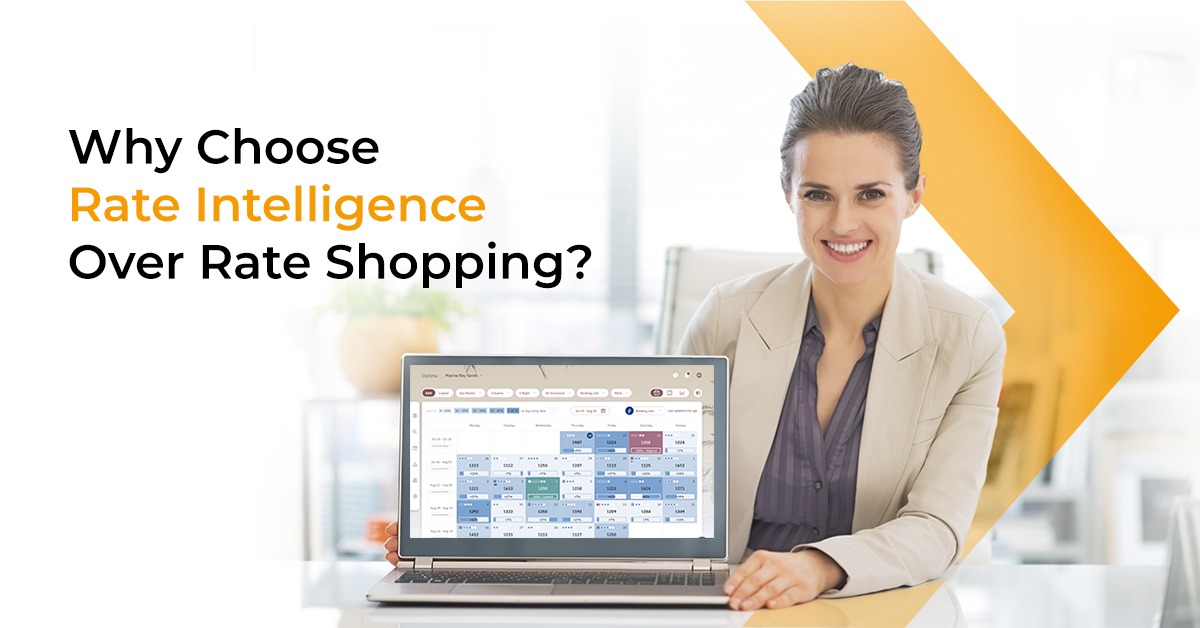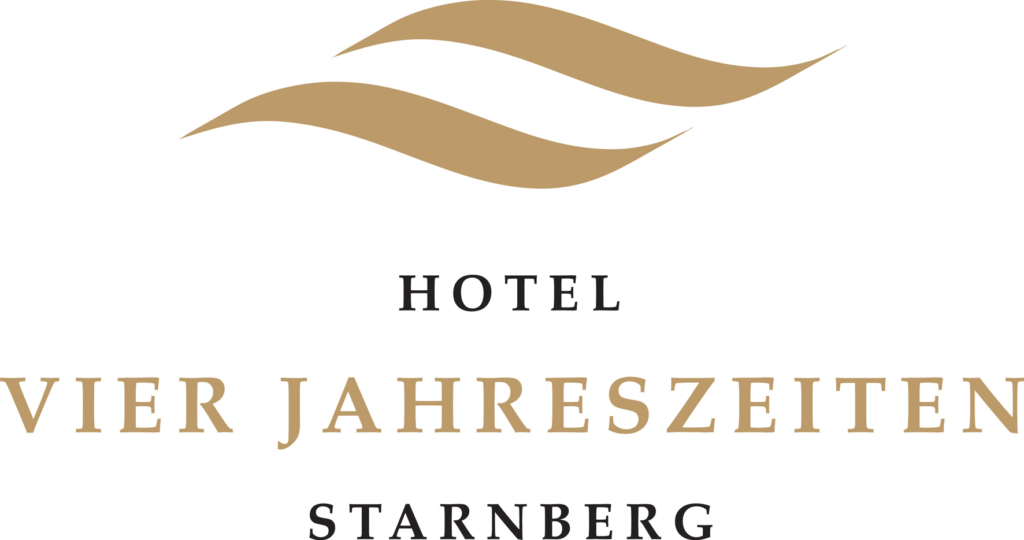The hotel industry is witnessing large-scale proliferation of Online Travel Aggregators (OTA) and high-price sensitivity. Hoteliers are, thus, spending innumerable hours on comparing competitive rates for making pricing decisions. For harnessing and optimizing new and existing revenue streams, hotel revenue managers need a comprehensive view into how the traveler perceives their brand and how their rates compare with those of their competitors. Creating a robust pricing model is even more crucial for hotels witnessing continuously shrinking margins. Dwindling profits can be attributed to high costs of labor, marketing, and distribution, and largely stagnant rates and revenue.
The complexities in the entire revenue-management process are multiplied when you factor in-demand forecasting, systematic changes in the demand-supply equation, and Length of Stay (LOS) restrictions put in by competitors. Revenue managers need sufficient data and actionable insights to make the right pricing decisions and stay ahead of the competition.
More than 70 percent of the bookings on OTA platforms being made for hotels listed on the first two pages of the search results. It, therefore, becomes critical that the pricing strategy is fine tuned to plug revenue leakage. And it doesn’t stop there. Hoteliers also need to be wary of variations in rates, promotions, and availability across various regional websites of the same OTA.
Traditional rate shopping solutions have not been able to keep up with these emerging business requirements.
Table of Contents
ToggleCommon Pitfalls of Legacy Rate Shopping Tools
Hoteliers using traditional platforms for rate comparison and price optimization face many limitations with respect to relevance, sufficiency, and accuracy of rate information. To build better pricing models, it is essential that the rates shopped are up to date and detailed. Moreover, the price intelligence platform should be able to shop rates from a variety of sources. It also needs to map various rate/room combinations with the right keywords.
Incumbent, outdated rate shoppers are not able to deliver the kind of functionalities and user experience that hotel revenue managers deserve to be more productive. Such tools may also worsen already dwindling profits if they rely too much on limited competitor information, recommending high discounts as the date of arrival approaches.
To fill those gaps, future-ready rate intelligence platforms are being built to factor-in attributes such as brand reputation and market supply information to be truly useful for revenue managers.
Unleashing Rate Intelligence for Sustainable Top Line Growth
Next-generation rate intelligence platforms are changing the way hotels drive pricing decisions. Those platforms have been built to provide granular insights into price movements across the online universe. Plus, they deliver a seamless, intuitive user experience for revenue managers. They are enabling multiple views to slice and dice rates information and providing reputation data for the brand and its competitors on top OTAs and meta search sites.
These rate intelligence platforms are delivering 360-degree visibility into the booker, the points of sale, and the competition. They are allowing the revenue manager to access a booker’s eye view of how their property is being viewed by their customer base. Moreover, hoteliers can now also account for local factors such as events, flight arrival information, and web shopping data to build a more holistic pricing model.
Rate Intelligence vs. Rate Shopping

Through advanced tagging engines, rate intelligence platforms are enabling users to perform complex comparisons between highly differentiated products. They also monitor real-time data to identify parity violations where an OTA or other website is undercutting the direct sales channel. In-built end-to-end rate integrity management using data analytics to track travel sellers’ flows is key to ensuring transparency across sales and distribution channels and must be a top priority while selecting a rate intelligence solution.
At RateGain, we have worked closely with leaders in the hospitality space to understand their pertinent challenges and build a rate intelligence platform – OPTIMA. It processes billions of rate points every day through an auto-scalable cloud infrastructure. With 99 plus percent data sufficiency and accuracy, covering 1,100 plus brand sites, 100+ OTAs, 500+ tour operators, and ten meta sites, all majoe GDS companies, OPTIMA gets fresh rates every 60 seconds. That allows revenue managers to make data-centric decisions with confidence.
OPTIMA gives users an opportunity to track CUG promotions and minimum LOS restrictions, and even change the comp-set in real-time to compare OTA positioning. Through auto-population of events and holidays, it helps hotels to anticipate high demand. Its market compression tracking features help focus on high/low demand check-in dates. The value created by OPTIMA is amplified by our leading-edge rate parity offering, Parity +, that tracks rate parity violations on accredited and unaccredited OTAs.
With the new user experience and interface of OPTIMA, the users can make crucial decision more efficiently than ever. Watch our latest video to learn more how we have improved the experience of OPTIMA users and click here get in touch with a rate intelligence consultant.
About the Author
 Sandeep Singh
Sandeep Singh![]()
Senior Vice President – Product Management
RateGain


